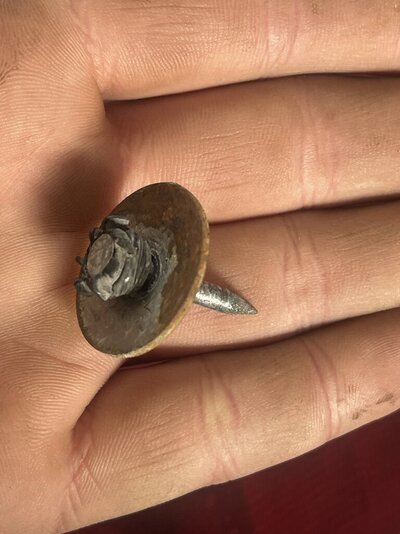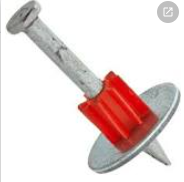Minnichds
New member
Hello.
I am currently installing a 48V solar inverter charger and was taking off the bottom apron/insulation on my trailer to run wires and found this unknown fastener holding the apron to the trailer frame. Does anyone know what this is called? I would like to reinstall like hardware but could always use tel screws I suppose.

I am currently installing a 48V solar inverter charger and was taking off the bottom apron/insulation on my trailer to run wires and found this unknown fastener holding the apron to the trailer frame. Does anyone know what this is called? I would like to reinstall like hardware but could always use tel screws I suppose.


